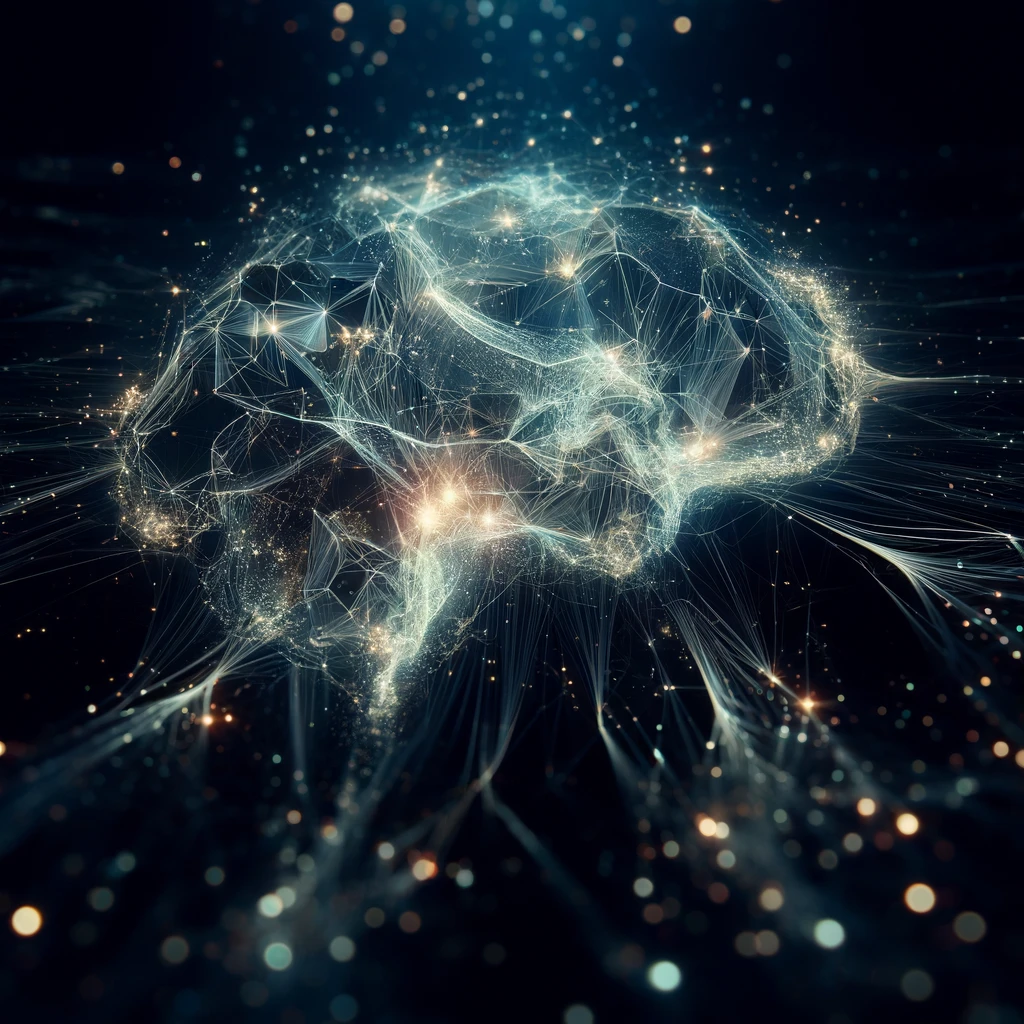The mission of manual and movement therapies is to improve the functional/structural performance of the human (or other animal) body. Often these modalities orient to alleviating pain, but goals including enhanced athletic performance are commonly encountered. Similar to how modern medical practice is “siloed” – where specialization rules – manual therapies are siloed within their modalities – Chiropractors practice Chiropractic Medicine, Acupuncturists practice Acupuncture, Structural Integration therapists practice S.I., etc. Searching for the best therapy to address an issue requires a bit of luck to connect with the right modality and experience.
Within standard medicine, there is strong interest in exploring the utility of AI to assist in diagnosis and treatment prescription to improve the cohesiveness and quality of patient care. For Manual Therapies, this is also likely true, although within a somewhat different framework. It is possible that AI can bring an overarching integrated synergy to the myriad modality options, potentially engendering an effective factor of standard care now excluded from the scope of care. As therapists, we would transition from being trained in and competitively practicing our siloed modality to being informed by and interacting with the model.
FINE-TUNING PARAMETERS
Generative AI will be (already is) embedded within our health care. The opportunity is to integrate the Osteopathic/Manual Therapy framework within this system. The discussion about where and how this can be implemented is outside the scope of this post. Presented are some ideas about what could be included in a fine-tuning dataset. This model would be particularly useful as an add-on to an agentic personal AI assistant.
Ideally, the AI would embed feedback on the efficacy of its recommendations to evolve, potentially eventually manifesting novel manual and movement therapy tactics and strategies.

Some Parameters:
This list is presented as a starting point for possibilities and is not a complete model.
- Posts on this blog with the AI Tag.
- Compendium of papers in the “Journal of Bodywork and Movement Therapies”.
- An ML dataset of human gait video tagged with acceleration data – specifically the acceleration derivative, Jerk. The proposition is that “healthy” movement patterns correlate directly to the inverse of Jerk (discussed in this blog as SPRIKE).
- Papers on current research on fascia by Dr. Carla Stecco, Dr. Jean Claude Guimberteau, et al.
- Documentation and video of traditional techniques (Acupuncture etc.).
- This would be a model open to additional knowledge bases.
The effect of the availability of this AI model:
The emergence of a unifying Manual Therapy modality embedding specific manipulation instructions and movement coaching guidelines.
- Manipulations specifying: Location, Vector, Intensity, and Duration. This potentially moves manual therapy from a practitioner/client dynamic to a self-help dynamic with a low barrier to entry.
- Coaching specific to child development including developmental challenges.
- Coaching specific to recovery from injury, aging, etc.
- It would capture the “hands-on” experience of Manual Therapists which has been repeatedly lost as they pass on.
Project Goals:
- Sort Term: Prototype proof of concept built on top of ChatGPT/Fine Tuning app builder. Collating relevant data resources and developing data capture tools (Sprike, etc.). Develop the packaging of the datasets to easily train new AI models for testing.
The 1st version prototype can be played with here:
https://chat.openai.com/g/g-HgDKsurbl-bodywork-buddy - Medium Term: Summarize findings to pitch the wider Manual Therapy community to stimulate the vision of the potential of formally establishing an intelligent manual and movement therapy knowledge base.
- Long Term: This can be envisioned as an evolution of the ICD/CPT codes currently used for prescribing Physical Therapy, which are limited in efficacy by the level of expertise of both the prescribing and treating clinicians. A knowledge base of traditional and complementary/alternative practices, inclusive of assessment/prescription mechanisms with embedded efficacy feedback to the model should, with time, integrate into standard care based on patient outcomes.
